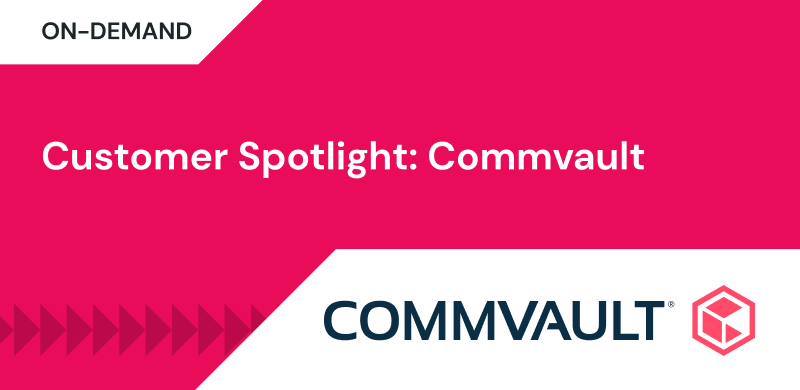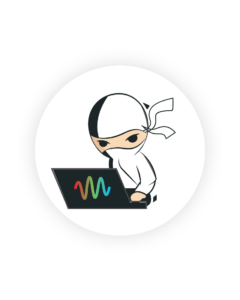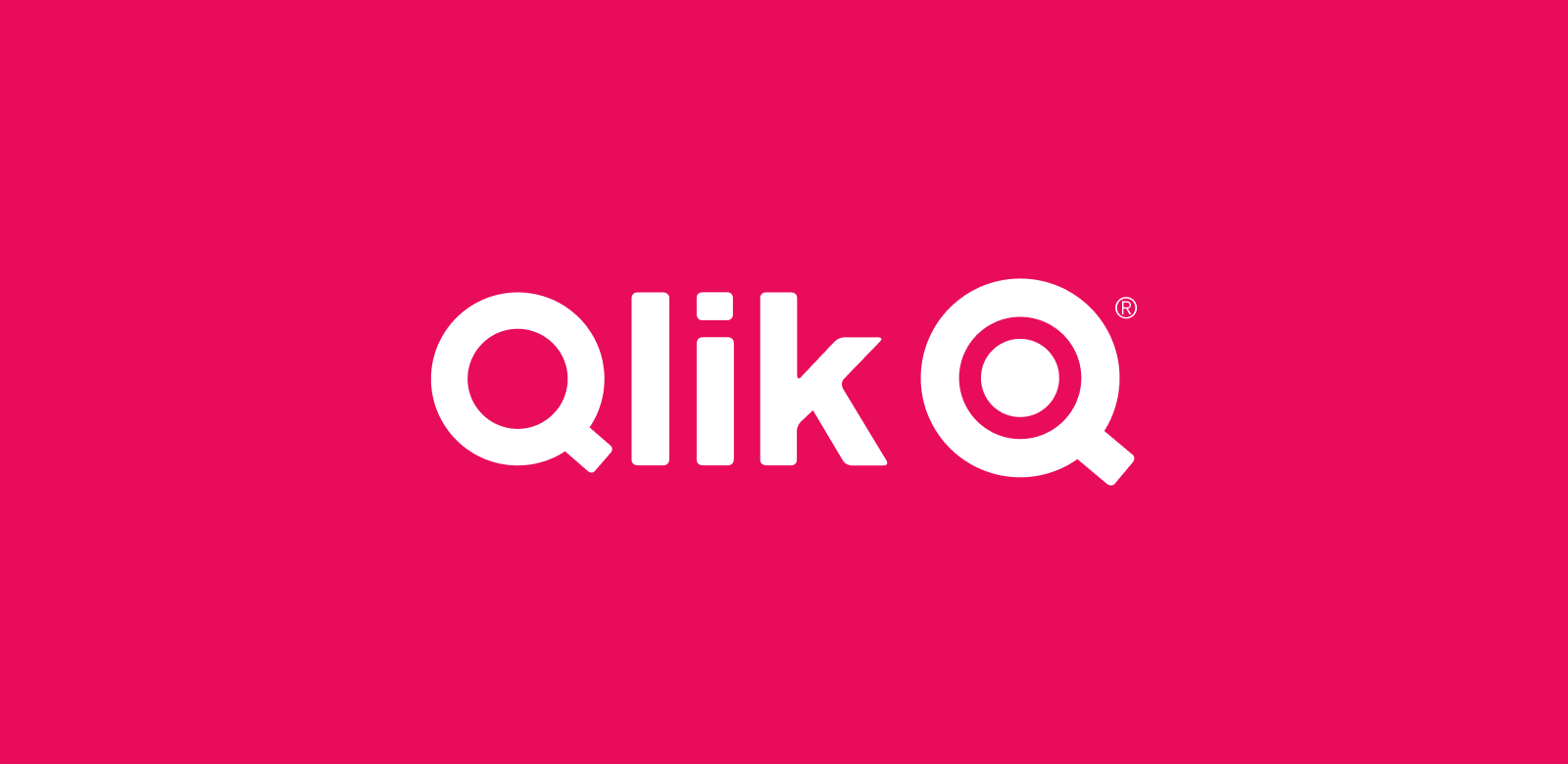
Mar 3, 2020
Part 2: Discussing The Evolution of Support with Qlik
Customer Successdigital transformationartificial intelligenceB2B supportmachine learningsupport operations
A couple of weeks back we debuted the first part of our conversation with the VP of Support Services from Qlik, Daniel Coullet and SupportLogic’s CEO, Krishna Raja. In a continuation of our discussion we were joined by one of SupportLogic’s newest members, the VP of Customer Success, Omid Razavi.
Question: In earlier iterations of support, if a customer didn’t reach out to you, you assumed they were happy. Now support is about improving retention, expansion of the account, training users and preventing churn. How do you see these responsibilities changing how you engage with customers?
Daniel – I believe the days when a support engineer could simply wait for tickets to flow in are over. More and more I envision support as an extension of our customer’s IT department. At Qlik, we’re undertaking a strategy to have our Support organization understand our customer’s environment and any projects they’re undertaking. A couple of things I’m focused on related to that
One – The majority of customers are really busy, they don’t want to create a ticket, they are going to try to solve the problem on their own. When you first reach support you typically have to explain your environment, what’s going on, the issues you’re facing, and as the customer you often don’t have all of that information so you don’t even bother to reach out. If we help fill in the gaps for the customer that makes for a great experience.
Two – One-to-many support starts during onboarding. We have a free trial to premium experience and support is responsible for getting these free trials to first value. This requires the support organization to take a more strategic approach to guide the customer from first value by continuing to grow their adoption while being proactive about any issues that might occur based on the customer’s unique environment. This level of effort is a key element of our platform and our customer’s continued success. We pride ourselves on our customers knowing that when they contact us they can trust us to be both proactive and reactive.
Question: One hot topic that we’ve been hearing a lot about is auto-support, is this something that you’re working on at Qlik?
Daniel – We are not there yet today. What we’re now building is telemetry to align R&D and our infrastructure teams with what support is seeing. We’re creating an early warning system (EWS) that notifies support of what needs to happen from a support perspective before customers actually engage with us. Everybody’s talking about being proactive and leveraging telemetry data to provide a customer 360 view. As a BI company, we should be at the forefront of creating proactive 360 views of data, across data sources coming to us from R&D, marketing and support.
Question: One interesting question making the rounds at conferences is – “what does digital transformation mean to you?”
Daniel – First of all, we define customer success as having a great experience while getting to your business outcome. Then we split our analysis between paid or free trial. Across these two areas we look at Self Service capabilities, Omnichannel interaction (Twitter, social, community forum) and one-to-one connection.
Overall our focus is improving the ability of our customers to answer questions themselves across any channel and as much as possible enable our customers to find the right information, no matter what channel they started on whether it was twitter, phone or our website. Another feature we’re starting to look at is allowing customers to book a time for a conversation with us directly (appointment setting). This way they don’t have to log a lengthy ticket. This is something that’s becoming more common in B2C lead generation. Now we want to make it easier for our customers to do the same thing instead of having to call our 1-800 number. This way we can arm the engineer with every touch point the customer has had, to ensure the engineer comes to the call with all of the customer’s history. That’s how we’re looking to digitally transform our one-to-many support.
The idea that support is only a post-sales activity is now a fuzzy situation because of how we have to engage with customers.
Omid – You make a great point Daniel. Support can be viewed as an extension of your Sales, or Go-to-Market motion, and your users may interact with your Support even before they become customers. In fact, the quality of their experience with Support may be a determinant factor in their becoming a customer. In B2C customer service, a service agent can also be a sales agent. An example can be that for a modem issue you call your local cable operator, and they inform and try to sell you a premium program. The same can happen in B2B, with support engineer recommend a premium feature or support level, based on the nature of your issue, needs or usage pattern.
Daniel – AI is a huge transformation. Previously you needed to hire more people to scale out processes. AI is breaking that system. AI is taking your existing resources and making an organization smarter and more efficient. All by unlocking the information that lives in our ticket data. Two things that interest me most are ranking cases and providing customer background.
AI allows us to know, when we step into the office, which of the cases in front of me should I work on first. I no longer have to look at a list of untouched cases without additional information. Now cases are ranked for me and I can begin to make the biggest impact in the least amount of time.
Secondly we can now have the full context of the customer’s history. Equipping an agent with all of the previous touchpoints gives them the ability to surface the most extreme sentiments or complaints and allows the agent to acknowledge each frustration and need of the customer.
Question: A lot of support organizations focus on revenue protection or revenue growth -how are you looking at your digital transformation initiative related to these models?
Daniel – It’s not a zero sum game so we really examine both sides. One of our first initiatives has been giving support responsibility for onboarding. When you look at SaaS, onboarding can be the onboarding of a future customer or an existing customer. Support now sits between marketing and sales in this model. We’re focused on getting trials to first value from a free to a paid account by proving value.
One thing I am actually starting to look at changing what we call support at Qlik, something like Customer Operations. The work that we do today doesn’t reflect what support has traditionally been responsible for in the last 25 years. For me traditional support was strictly post sales, now we are the first experience for a new customer or even a trial customer and for these reasons I’m starting this conversation internally.
Krishna – I’m a big fan of the title of “Product Evangelist” for support. What support really does is evangelize a solution for a customer, and the Qlik team isn’t the first that I’ve heard of looking at the title of “Customer Operations” – another customer of ours, Cloudera, also uses that title.
What is interesting for me is how can we seamlessly collaborate across support, sales, marketing, product and R&D in an actionable way? Simply collecting data is not actionable.
Daniel – I agree, we are still looking at how we can start to extend our insights on to IT and R&D. To this point a lot of what we’ve done is share data about incident management but we have not yet explored root cause closely. As we get better at this we’ll be in a much better place to truly be customer centric. Once we get there, the entire organization can be aligned with our customer’s success, and from an internal standpoint that’s definitely where we want to go. We’re not there yet, but we have an expectation that things need to shift.
Krishna – It’s always interesting to hear about the shift from organizational silos to DevOps. Before DevOps the SDLC was completely siloed. First engineering wrote code, they threw the code over to QA, IT deployed it separately and then marketing was responsible for packaging everything. Now with DevOps all of these things often times are smashed together into a single platform. We believe that we have a similar smashing up of the customer journey coming on the purchasing side. Customers are now able to start a free trial (marketing), try out the product (support), and after having a great experience they purchase (sales), to then get passed off to the success team and begin providing insights to product and engineering. Product Evangelism for me means that these teams will all be brought together into a much more closed loop system dependent on collaboration.
Daniel – This is how we’re looking to scale the team by not hiring folks with a single skill. Instead we hire them and embed them into other teams like R&D, IT and even Customer Success to allow our support engineers to have a holistic understanding. We don’t want folks waiting for problems to bubble up and pass it off to another team, instead we want support to be proactive and fill in the gaps of consulting, customer success or even product evangelism.
Question: Are there any pitfalls or challenges that you’ve noticed in undergoing your Digital Transformation?
Daniel – You can always bring in new technologies but culture will always be something we need to be aware of. As new technologies come out there is always some form of friction with those that are part of the existing processes. Digital transformation is about technology, but we still need to look at how to shift the internal culture as well. One of the challenges is removing some of the fear of change and it’s one of the reasons we want to embed support team members into other teams so that they can get a better understanding of what everyone else is working on to calm some of their fears.
I’d like to thank Daniel for joining us for this discussion. As a reader, if one of the topics mentioned here caught your eye, let us know. We’ll have more discussions in the future and are always interested in digging into these topics further.
Don’t miss out
Want the latest B2B Support, AI and ML blogs delivered straight to your inbox?





